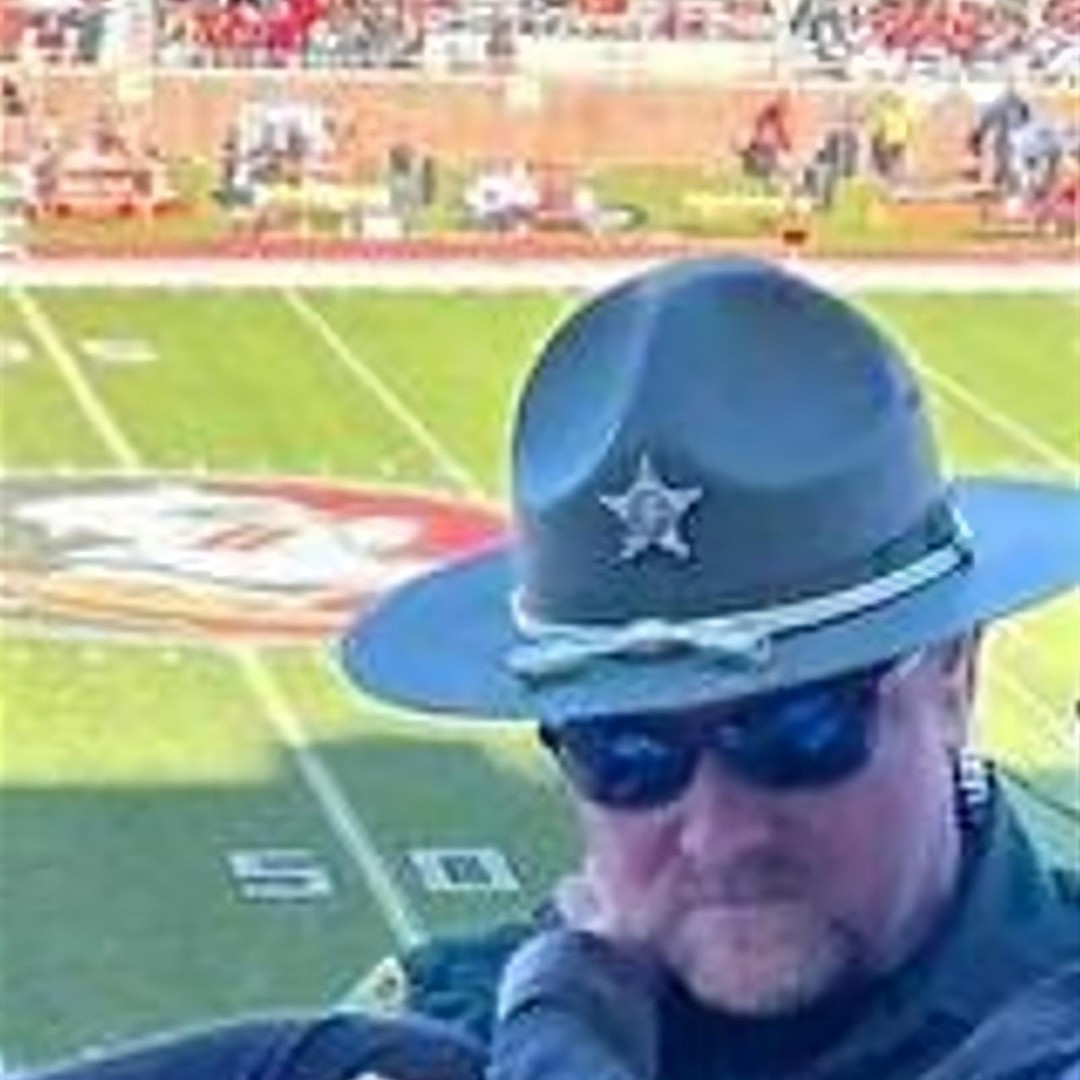At a busy football game in Florida, a deputy’s uniform caught attention—not for the officer, but for the large “Thin Blue Line” patch displayed on it. This symbol, widely recognized in law enforcement, has sparked renewed debate about its meaning.
The Thin Blue Line was created as a sign of respect and solidarity among police officers. It honors those who risk their lives and remembers those who have died in service. For many, it represents the line that protects society from disorder.
However, the patch’s meaning has become more complicated. Critics say it now sometimes stands for resistance to police reform and political views that conflict with calls for justice. This has made the patch controversial, especially when seen in public spaces unrelated to policing.
The Florida deputy’s patch brought these issues to light. Some praised the officer for proudly wearing the symbol, seeing it as a morale booster. Others felt it was inappropriate for a community event and could make some people uncomfortable.
This disagreement shows how symbols can carry different meanings based on personal experience and social context. Police departments have responded differently—some allow the patch, others restrict it to maintain neutrality.
The photo highlights the challenge officers face in balancing personal identity with public trust. In today’s environment, even a small patch can be loaded with meaning—courage and unity for some, division and exclusion for others.
While the deputy likely didn’t intend controversy, the image shows how symbols quickly become political. As communities seek common ground, empathy and open conversation are essential to understanding the messages we share.


